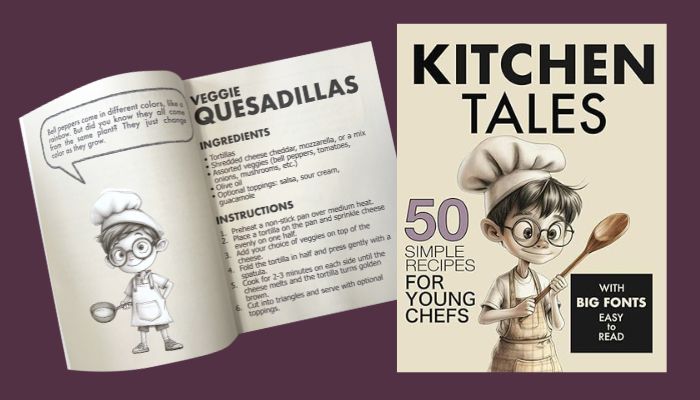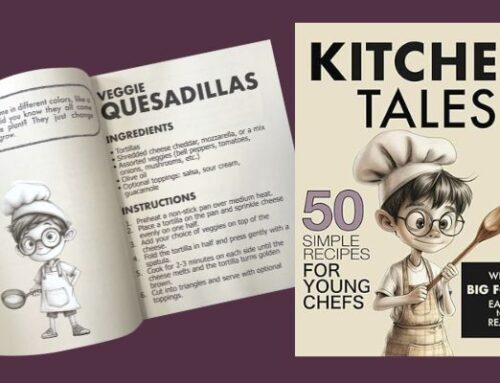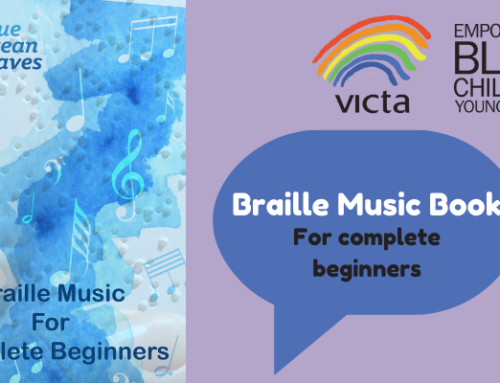By Gwyneth McCormack

This post provided by Gwyneth McCormack from Positive Eye, a UK based Educational and Training Consultancy for professionals who work with children with a visual impairment.
Gwyn’s Top Tips!
Use contrasting equipment in bright colours where possible.
Use bright colour paint to highlight the edges of equipment.
A set of scratch free equipment kept specifically on a tray for the child’s use, ensures access is as good as possible. Also this saves time in child collecting all the equipment and enables a prompt start to the exercise.
An empty tray with lip for child to work on, also makes equipment location easier
Equipment can be blu-tacked or taped down to the table to prevent it from being tipped over.
Make vocabulary flashcards with adapted diagrams of equipment.
Food colouring can be added to water to make it stand out in clear container.
Placement of a piece of coloured or white card behind the beaker can make the measurements easier to see.
Use models, 2D representation, adapted diagrams to explain processes and understand concepts, reinforced with verbal explanation.
Mark scales using large print/braille labels.
Use wikki stix and bump ons to make highly visible, tactile markings on scales.
Standard tape measures can be marked by sticking plastic strips to the scale.
String can be knotted at known distances apart and painted bright colours to provide a cheap measuring string.
Use Braille Embossing Film to draw the object that is being examined under the microscope.
Place small objects to be viewed under the CCTV
Find out more at www.positiveeye.co.uk
You might also like…
Share this story
Explore by category









